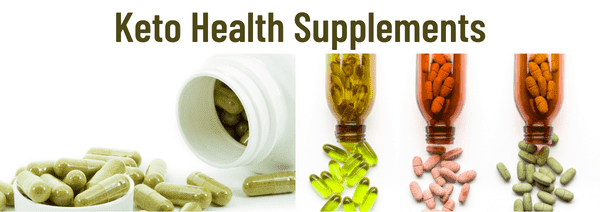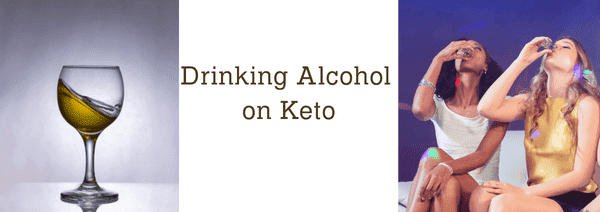What is Keto Diet UK | Keto Diet Explained | Getting Started on Keto | Keto Getting Started |
What is the keto diet?
You've heard it mentioned but what is this new lifestyle that is all the rage?
In essence, the keto diet is a dietary approach that strives to modify the body’s metabolism from carbohydrate-burning to fat-burning. This is achieved by adhering to a low-carb, high-fat diet that emphasizes the consumption of foods with low carbohydrate content, moderate protein, and high fat content. The ultimate objective is to reach a state of nutritional ketosis, whereby the body utilises fat for energy instead of glucose. Put simply, the keto diet is a means of promoting fat as the primary energy source.









